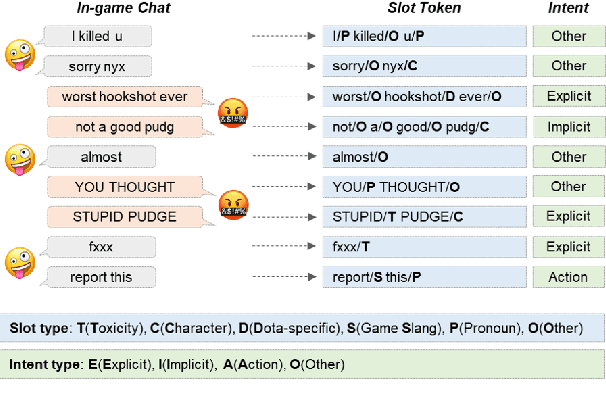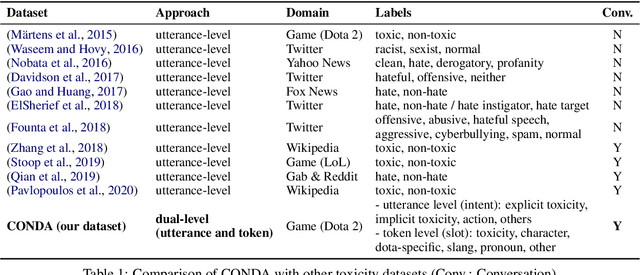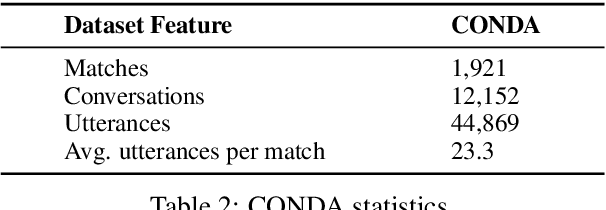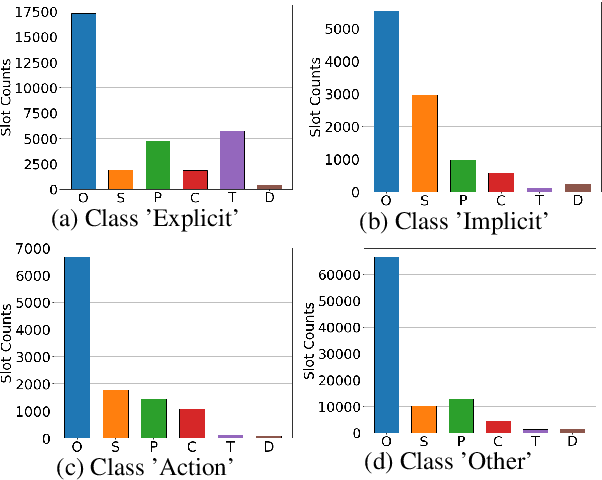Xinghong Guo
DIDI: Diffusion-Guided Diversity for Offline Behavioral Generation
May 23, 2024Abstract:In this paper, we propose a novel approach called DIffusion-guided DIversity (DIDI) for offline behavioral generation. The goal of DIDI is to learn a diverse set of skills from a mixture of label-free offline data. We achieve this by leveraging diffusion probabilistic models as priors to guide the learning process and regularize the policy. By optimizing a joint objective that incorporates diversity and diffusion-guided regularization, we encourage the emergence of diverse behaviors while maintaining the similarity to the offline data. Experimental results in four decision-making domains (Push, Kitchen, Humanoid, and D4RL tasks) show that DIDI is effective in discovering diverse and discriminative skills. We also introduce skill stitching and skill interpolation, which highlight the generalist nature of the learned skill space. Further, by incorporating an extrinsic reward function, DIDI enables reward-guided behavior generation, facilitating the learning of diverse and optimal behaviors from sub-optimal data.
CONDA: a CONtextual Dual-Annotated dataset for in-game toxicity understanding and detection
Jun 11, 2021



Abstract:Traditional toxicity detection models have focused on the single utterance level without deeper understanding of context. We introduce CONDA, a new dataset for in-game toxic language detection enabling joint intent classification and slot filling analysis, which is the core task of Natural Language Understanding (NLU). The dataset consists of 45K utterances from 12K conversations from the chat logs of 1.9K completed Dota 2 matches. We propose a robust dual semantic-level toxicity framework, which handles utterance and token-level patterns, and rich contextual chatting history. Accompanying the dataset is a thorough in-game toxicity analysis, which provides comprehensive understanding of context at utterance, token, and dual levels. Inspired by NLU, we also apply its metrics to the toxicity detection tasks for assessing toxicity and game-specific aspects. We evaluate strong NLU models on CONDA, providing fine-grained results for different intent classes and slot classes. Furthermore, we examine the coverage of toxicity nature in our dataset by comparing it with other toxicity datasets.
 Add to Chrome
Add to Chrome Add to Firefox
Add to Firefox Add to Edge
Add to Edge